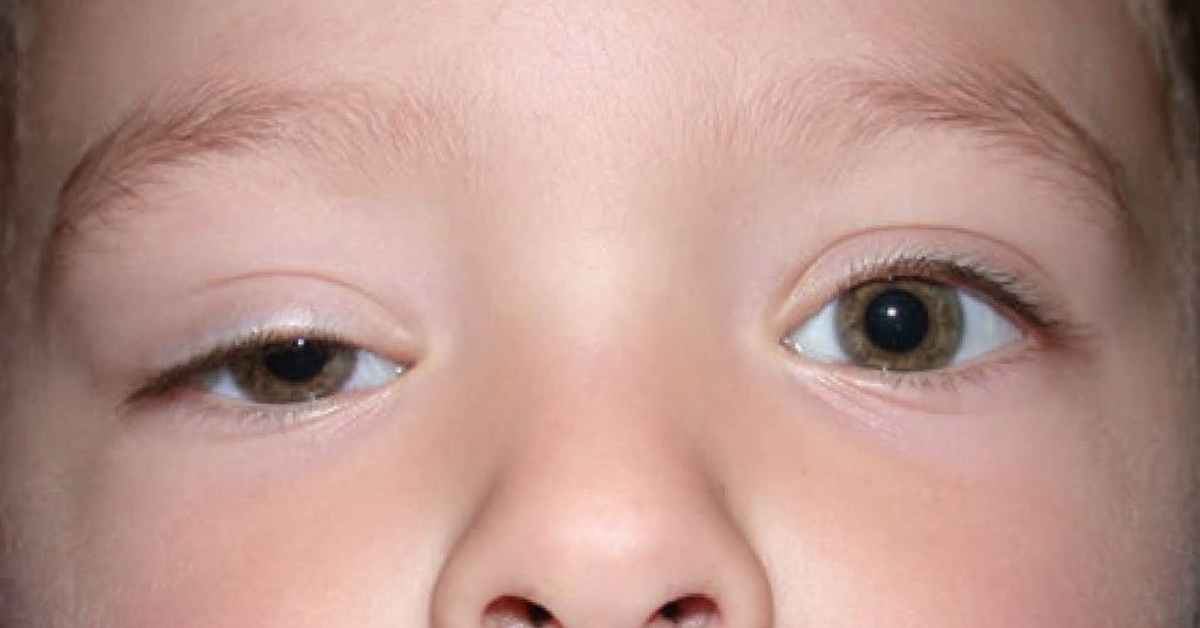If you’ve noticed that one or both of your eyelids appear droopy, you may be experiencing a condition known as eyelid ptosis. This condition can have both cosmetic and functional implications, so it’s important to understand what causes it and what treatment options are available.
What is Eyelid Ptosis?
Eyelid ptosis occurs when the upper eyelid droops down over the eye, making it difficult to fully open the eye. This can happen to one or both eyes and can be a congenital (present at birth) or acquired condition.
Congenital ptosis is usually caused by a weakness or malformation of the muscle that lifts the eyelid. On the other hand, age-related changes, trauma, or neurological disorders are more frequently responsible for acquired ptosis.
Symptoms of Eyelid Ptosis
The most obvious symptom of eyelid ptosis is a drooping upper eyelid. In more severe cases, the eyelid may droop low enough to obstruct vision. Other symptoms may include difficulty opening the eye fully, eyestrain, fatigue, headaches, and an uneven appearance of the eyes.
If you are experiencing any of these symptoms, it is important to schedule a consultation with a qualified specialist to determine the cause and severity of your eyelid ptosis. At DRR Face Aesthetics, our highly skilled and experienced doctors are dedicated to providing you with the best possible care and expertise. Please click here to schedule a consultation with us.
Diagnosing Eyelid Ptosis
Diagnosing eyelid ptosis typically involves a physical examination of the eyelids and muscles around the eye. Your provider may also perform a visual field test to determine if the ptosis is severe enough to impact your vision.
Treatment Options for Eyelid Ptosis
There are several treatment options available for eyelid ptosis, depending on the severity of the condition and the underlying cause.
Non-surgical treatments for eyelid ptosis include:
Eyelid crutches: These small devices can be attached to glasses to help lift the eyelid and improve vision.
Ptosis props: Similar to eyelid crutches, ptosis props can be inserted under the eyelid to help lift it.
Botox injections: In some cases, Botox injections can be used to relax the muscles that are causing the ptosis.
Surgical treatments for eyelid ptosis include:
Levator resection: This procedure involves shortening the muscle that lifts the eyelid.
Muller muscle resection: This surgery removes a small strip of muscle from the eyelid to help lift it.
Frontalis sling surgery: This surgery involves attaching a small sling to the forehead muscle and the eyelid to help lift the eyelid.
Recovery and Post-Op Care
The recovery time after eyelid ptosis surgery can vary depending on the type of procedure performed. In general, patients should expect to experience some swelling and bruising around the eyes for the first week or two after surgery. Your provider will provide detailed post-op care instructions to ensure proper healing and minimize the risk of complications.

